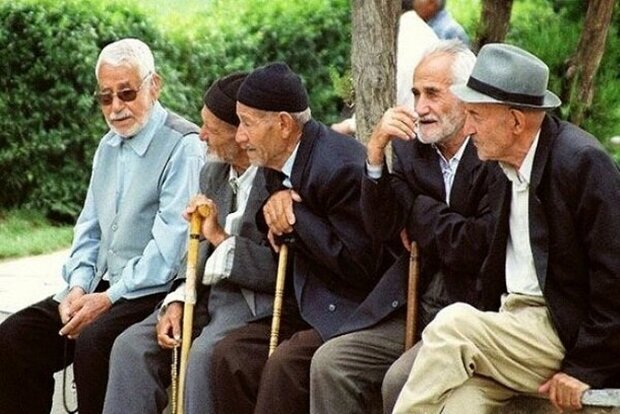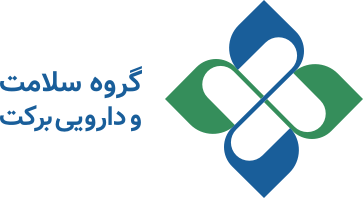
Demographic Decline & Population Aging: Critical Challenges for Iran’s Future
Barkat Health & Pharmaceutical Group: Iran is undergoing significant demographic changes, marked by declining birth rates and an aging population. These trends present major challenges for the country’s economy, social systems, and healthcare infrastructure in the decades ahead.
A nation’s demographic composition plays a crucial role in its economic development, social stability, and cultural preservation. If not addressed, these shifts could lead to labor shortages, increased economic burdens, and unsustainable welfare systems.
This article delves into the causes behind these demographic changes, their socio-economic consequences, and potential solutions to mitigate their impact.
Declining Fertility Rate: Causes & Effect
Key Drivers of Fertility Decline
The fertility rate in Iran has sharply declined in recent decades, influenced by socio-cultural, economic, and policy factors.
Socio-Cultural Shifts: Modernization and evolving cultural values have transformed family structures and reproductive decisions. Education and career opportunities for women have led to delayed marriages and childbearing. Changing societal views on family life also encourage smaller families or postponed childbirth.
Economic Pressures: Economic instability, high unemployment rates, inflation, and rising living costs discourage young couples from having more children. Housing, healthcare, and education expenses make raising children financially challenging.
Impact of Family Planning Policies: Aggressive family planning measures in the 1990s successfully reduced birth rates, but their lasting effects have perpetuated a culture of small families, despite later shifts toward pro-natalist policies.
Fertility Decline Consequences
The ongoing decline in fertility rates has profound social and economic implications.
Workforce Shrinkage: A smaller working-age population can undermine productivity, leading to slower economic growth and innovation. Labor shortages and an increased dependency ratio can place significant stress on the economy.
Social Welfare Strain: A shrinking younger population increases the financial burden on pension and social security systems, potentially leading to budget deficits.
Educational and Healthcare Pressures: Fewer children means reduced demand for educational resources. Meanwhile, an aging population will require more healthcare services, stressing an already stretched system.
Population Aging: Causes, Challenges
Main Causes of Population Aging
Iran’s population is rapidly aging, primarily due to two factors:
Increased Life Expectancy: Advancements in healthcare, nutrition, and living standards have significantly raised life expectancy. While this is a positive trend, it also leads to a growing elderly population.
Continued Fertility Decline: Fewer births result in a larger proportion of elderly individuals in the population, leading to an increasingly top-heavy age distribution.
Socio-Economic Challenges of Aging Population
The rapid aging of Iran’s population presents several challenges:
Healthcare System Pressure: An aging population requires more frequent and specialized healthcare services. The prevalence of chronic illnesses such as cardiovascular diseases and neurodegenerative disorders will increase, placing significant strain on healthcare infrastructure.
Economic Dependency: As the number of retirees grows, so does the dependency ratio. A smaller working-age population will need to support an aging population, placing a financial strain on social security systems.
Need for Elderly Care Services: The elderly will require long-term care facilities and specialized housing. Lack of adequate care infrastructure could result in social isolation and decreased quality of life for senior citizens.
Policy Solutions to Address Population Challenges
Promoting Higher Fertility Rates
To counteract fertility decline, Iran must implement policies to encourage family growth:
Economic Incentives for Families: Financial support programs such as child allowances, tax benefits, and housing subsidies can help families afford more children. Expanding access to affordable childcare and early childhood education would also make balancing work and family easier for parents.
Workplace Support: Extended parental leave and flexible work arrangements can encourage families to have more children without the fear of job insecurity. Remote work options and part-time job opportunities can further support parents.
Strengthening Elderly Care Systems
Addressing the needs of an aging population requires strengthening healthcare and social support systems:
Improved Healthcare Services: Investments in specialized geriatric healthcare, including clinics and hospitals tailored to age-related conditions, are essential. Expanding home-based care services can provide personalized, cost-effective care to the elderly.
Pension and Social Security Reforms: Sustainable pension reforms, including adjusting retirement ages and diversifying funding sources, are necessary to ensure long-term financial stability. Partnering with the private sector to offer additional retirement savings options can reduce the pressure on public systems.
Raising Public Awareness & Encouraging Cultural Shifts
Long-term demographic stability will require cultural shifts and public awareness:
Media Campaigns: Promoting positive narratives about family life and the benefits of having children can reshape societal attitudes and encourage higher fertility rates.
Intergenerational Programs: Programs that connect younger and older generations can foster social cohesion, mutual support, and a deeper sense of community responsibility.
Conclusion
Iran’s demographic shifts, characterized by declining fertility rates and an aging population, present significant challenges for the country’s future. Without proactive and strategic policy interventions, these trends could lead to economic stagnation, labor shortages, and a strain on welfare systems.
By implementing family-friendly policies, investing in elderly care, and promoting public awareness, Iran can navigate these challenges and build a more sustainable and resilient future. Thoughtful and long-term planning will be crucial to ensuring the country’s demographic and economic stability in the years to come.
-
پیام تسلیت گروه سلامت و دارویی برکت در پی درگذشت پدر دکتر پیرصالحی

-
ایران روی تخت فناوری سلامت؛ خیز بلند شرکتهای دانشبنیان در تصاحب نبض منطقه

-
تلاش بیوقفه شرکت کیبیسی در تامین دارو طی جنگ 12 روزه

-
وقتی زمین حرف میزند: میدان مغناطیسی و بازیهای پنهان با مغز و خواب

-
رشد چشمگیر 201 درصدی درآمد«دالبر» در 6 ماه نخست 1404

-
امنیت سایبری؛ پیشران سلامت پایدار در عصر دیجیتال

-
مهمترین سرمایه امروز ما وحدت ملی است/ رفتار مردم خلاف محاسبات دشمن بود

-
وقتی علم میان سکوت و شیمی نفس کم میآورد؛ روایتی از تنهایی آزمایشگاهها!

